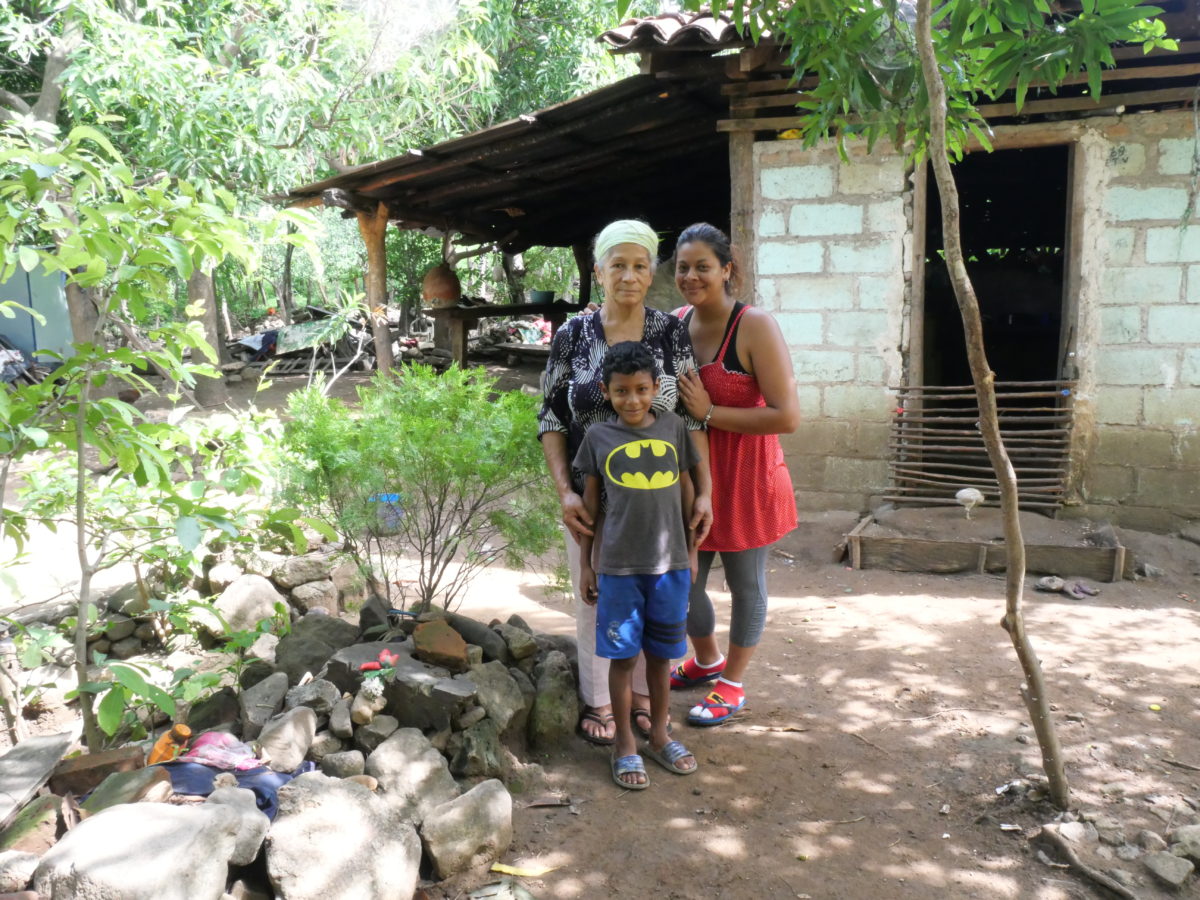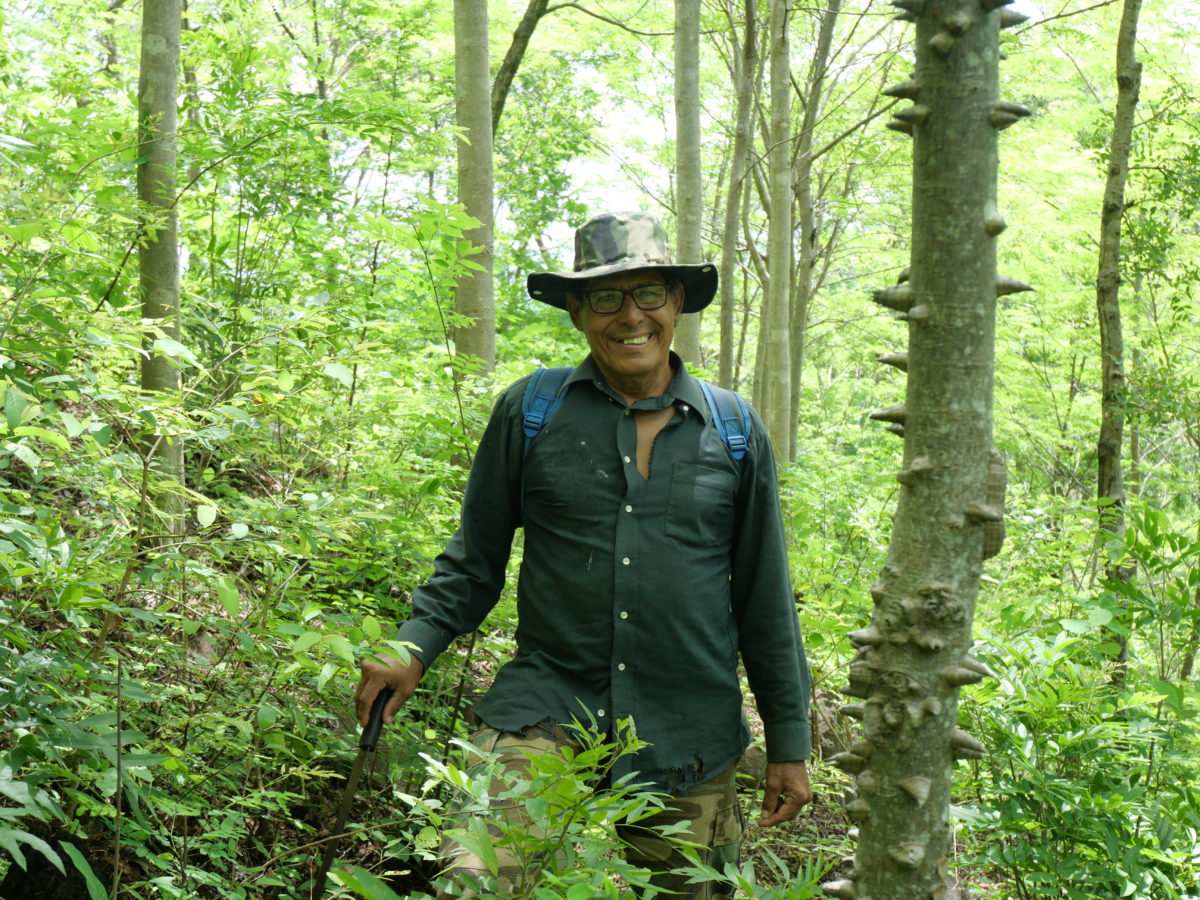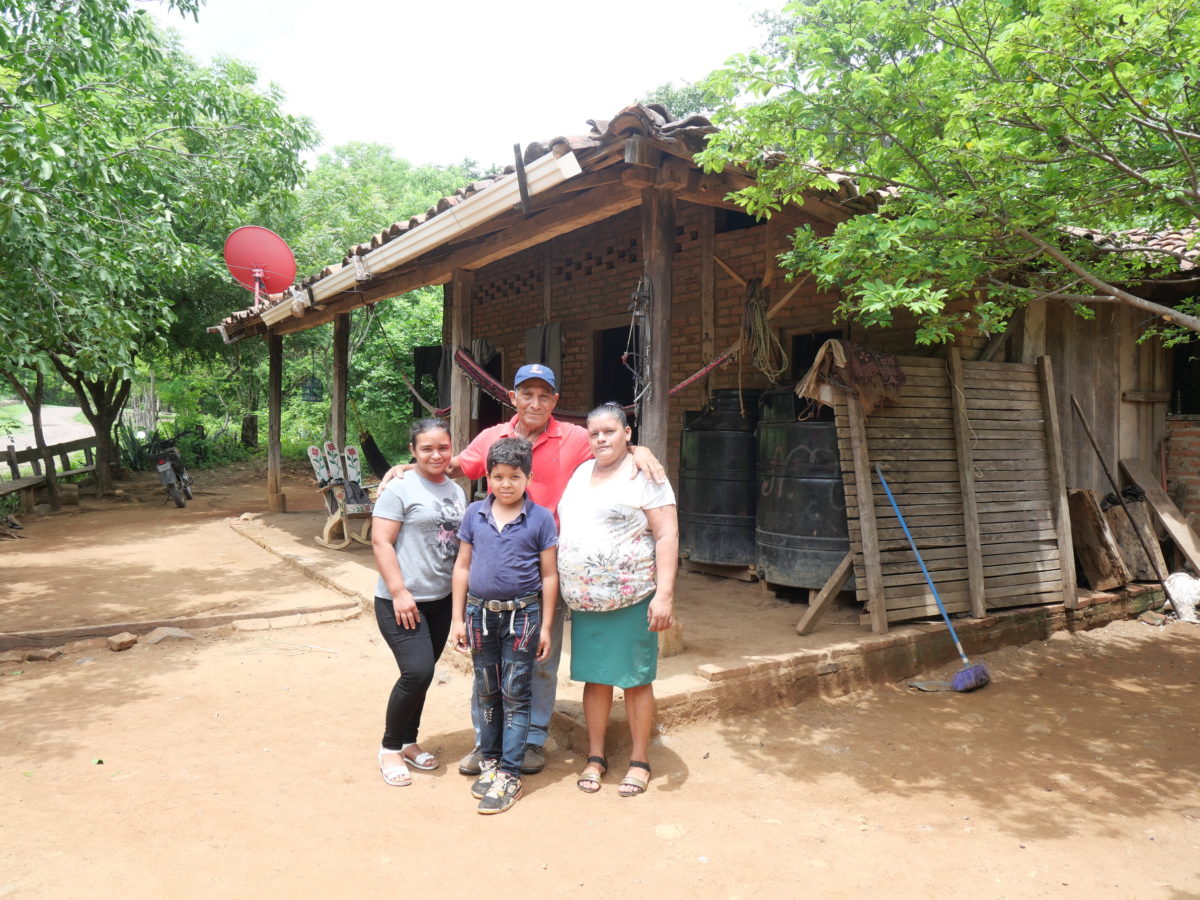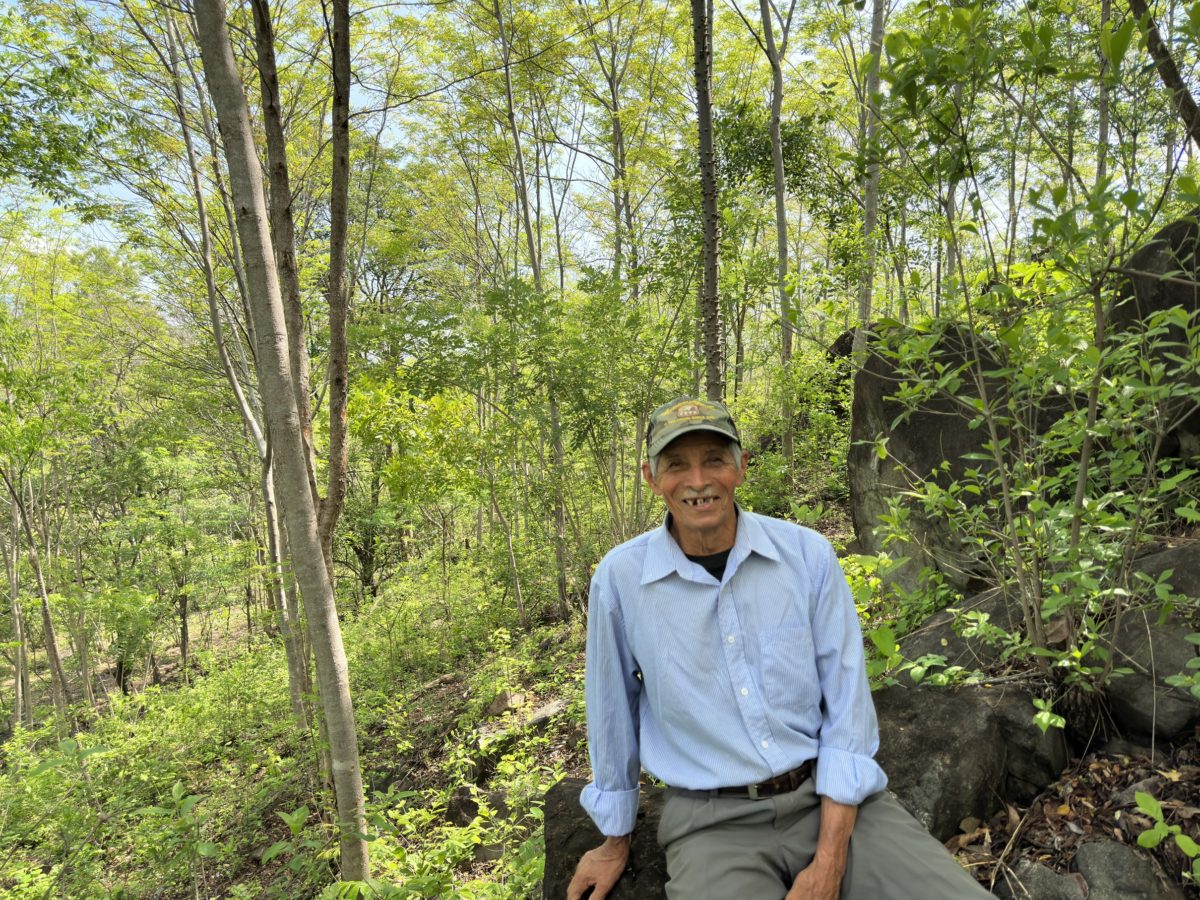Healthy, diverse forests sequester carbon and help to mitigate climate change. That, we know. But trees are more than just a carbon calculation. Unlike engineered solutions, they create habitat for wildlife, stabilize the soil, create livelihood opportunities, and so much more. It is these benefits – the benefits beyond carbon – that make the case for nature-based solutions. And who better to speak to them than the land stewards we partner with?
To this effect, we recently interviewed four smallholder farmers participating in the CommuniTree Carbon Program in Nicaragua. We asked what tangible benefits nature restoration has brought to their land, their life, and their family. What they had to say is an ardent reminder that forests aren’t just a carbon sink; they play key ecological and economic functions upon which so much depends.
Cooler temperatures and shade
The ability of trees to store greenhouse gases and address global warming is often spoken of on a planetary scale. Yet trees also cool air and land surface temperatures at a local scale, partly due to the shade provided by their canopy, and partly due to a process called transpiration. Transpiration is when plants release water vapour from their leaves into the atmosphere.

Florentina Palma has experienced this cooling effect first-hand. She describes that when she was a child, there was a big forest surrounding her home. That forest was lost, making it unbearably hot. Then, she joined CommuniTree. Today, the trees she planted in 2012 give her shade. “I can feel the change in me, in my land and in my house, which is now very cool,” she says. “It keeps the soil and the earth moist. My cows sit in the coolness of the trees.”
“Planting trees is very, very good, because then you feel the temperature much less.”
Florentina Palma
Replenished water resources
Transpiration contributes towards the formation of clouds, which in turn create rain. The trees then intercept the rainfall, preventing the soil from washing away. This replenishes water resources and stabilizes the soil, as Ernesto Cedeño Mendoza can attest to. He joined CommuniTree in 2013. Since then, he’s noticed a marked difference to both his water supply and his land.
“I have a well, about 30 metres from the house,” he says. “That well was always dry before. Not only did the land dry out, but we couldn’t keep cattle or anything else.” Ernesto explains that growing trees has changed this. “Now there is abundant water in the well! That is because of the reforestation project, because of the trees.” He has installed a hose and a hand pump, and he uses the water from the well for his plants, his animals, and other household chores.

Ernesto has noticed an improvement in his soil, too. “Before, the rain washed out our land. Now our land is much better. The project has helped us to repair the earth. Before it was barren here, and now with the trees, the soil has recovered.” Florencio de Jesus Perez Matutes, a 79-year-old farmer from San Juan de Limay, tells a similar story. During a visit to his farm, Florencio points to a creek. “This used to dry up during the summer,” he says. “Now there is a stretch of about 200 yards that does not dry up.”
“Before it rained very little. Now it rains enough so that the well does not dry out.”
Ernesto Cedeño Mendoza
Improved biodiversity
However, it’s not a case of simply planting trees. Monoculture plantations, for example, can impede nature restoration. That’s why CommuniTree’s planting designs feature a diverse number of species that are native to the locale. Native trees have a better chance of survival because they are adapted to the environment. They also encourage biodiversity, providing food and shelter to local wildlife.
Narciso Valdivia Lanuza recognises this about his own forest. It was planted 11 years ago, and like all CommuniTree’s parcels, allows for natural regeneration. “Now that we have reforestation, we have identified more animals, more birds,” he says. “Walking through this forest makes me very proud. It makes me very happy. I want to come here all the time, because it is not the same to walk around here as it used to be.”

Having recently thinned his parcel, Narciso has also experienced the livelihood benefits associated with forest value chains. Speaking to the income he received, he says: “it gives me hope for us farmers who do not have a salary. This project is a way of providing us with real benefits.”
“I have noticed that animals now come here that almost never used to come here before.”
Narciso Valdivia Lanuza
Livelihood benefits
As Narciso alludes to, growing trees can provide land stewards with short, medium, and long-term livelihood benefits. Florencio de Jesus Perez Matutes explains that when he joined CommuniTree in 2012, he began to receive “contributions”, known as payments for ecosystem services. These payments helped him to maintain his forest. As his trees grew, he was able to extract wood to use as fence posts on his farm. His forest also supplied wood to build his house. “All this has been a benefit,” Florencio explains. “I haven’t had to put my hand in my purse to go buy that wood.”

Growing trees has also given Florencio an additional source of income. “Before, I only had income from the beans that I planted; I planted corn and some other little things,” he says. “Now, reforestation has come to complement the income for my family.” He explains that his household no longer struggles to buy food, as they once did. “This has had a great impact within the family, because it solved a problem that I previously could not solve,” he says.
“With this project, with this forest, I have had many benefits. It is an extra income that I did not have before.”
Florencio de Jesus Perez Matutes
Growing forests for enduring benefits
There was one final benefit that was spoken of: that of legacy. The thing about growing trees is that these tangible benefits are not only experienced now; they will also endure for future generations. So long as the world’s ecosystems are restored, biodiversity will be recovered, aquifers replenished, and livelihoods improved. As Florencio says: “I have children, I have grandchildren, and even if I don’t benefit, they will.”
Therein lies the crux of nature-based solutions. It’s not just about planting trees with the sole purpose of sequestering carbon. It’s about creating real impacts that benefit nature, local land stewards and, by extension, the global population. When forests are restored with care, these impacts will continue over time: all to our universal advantage.